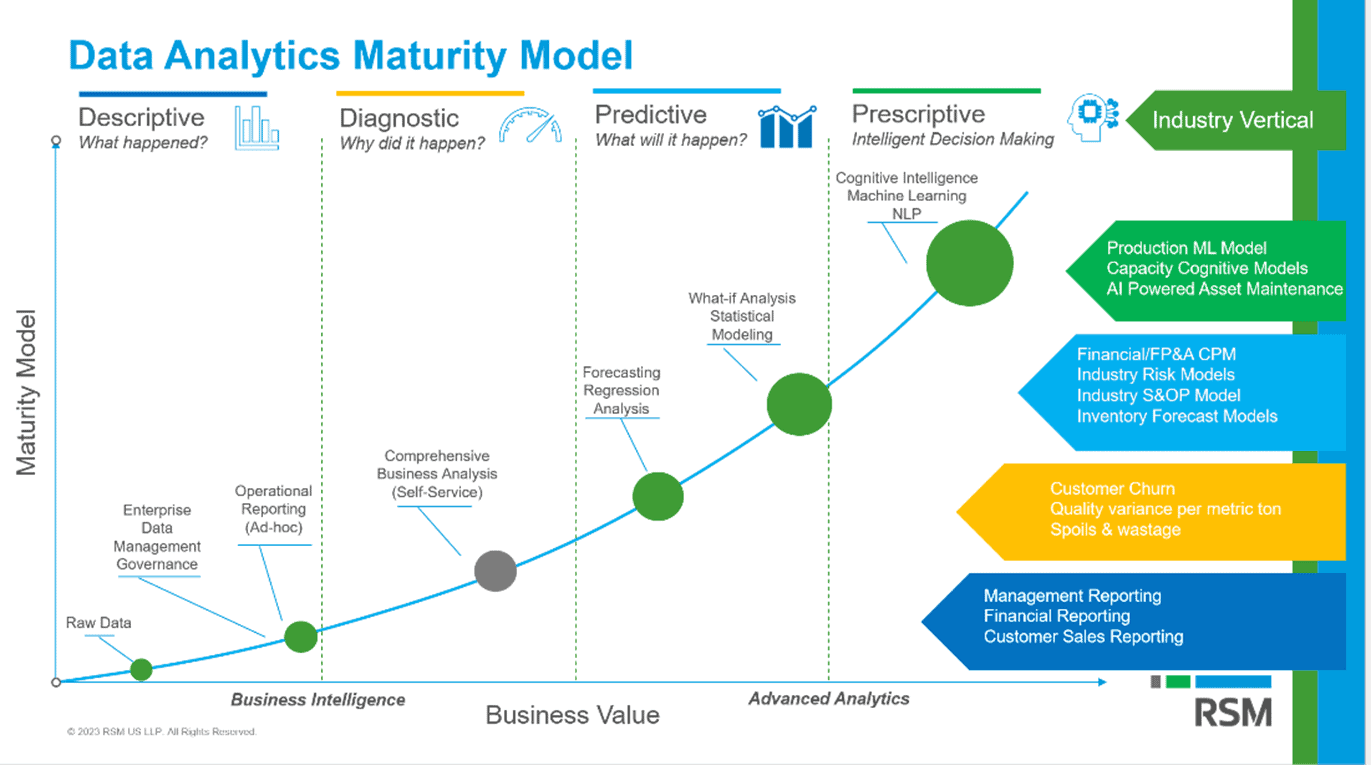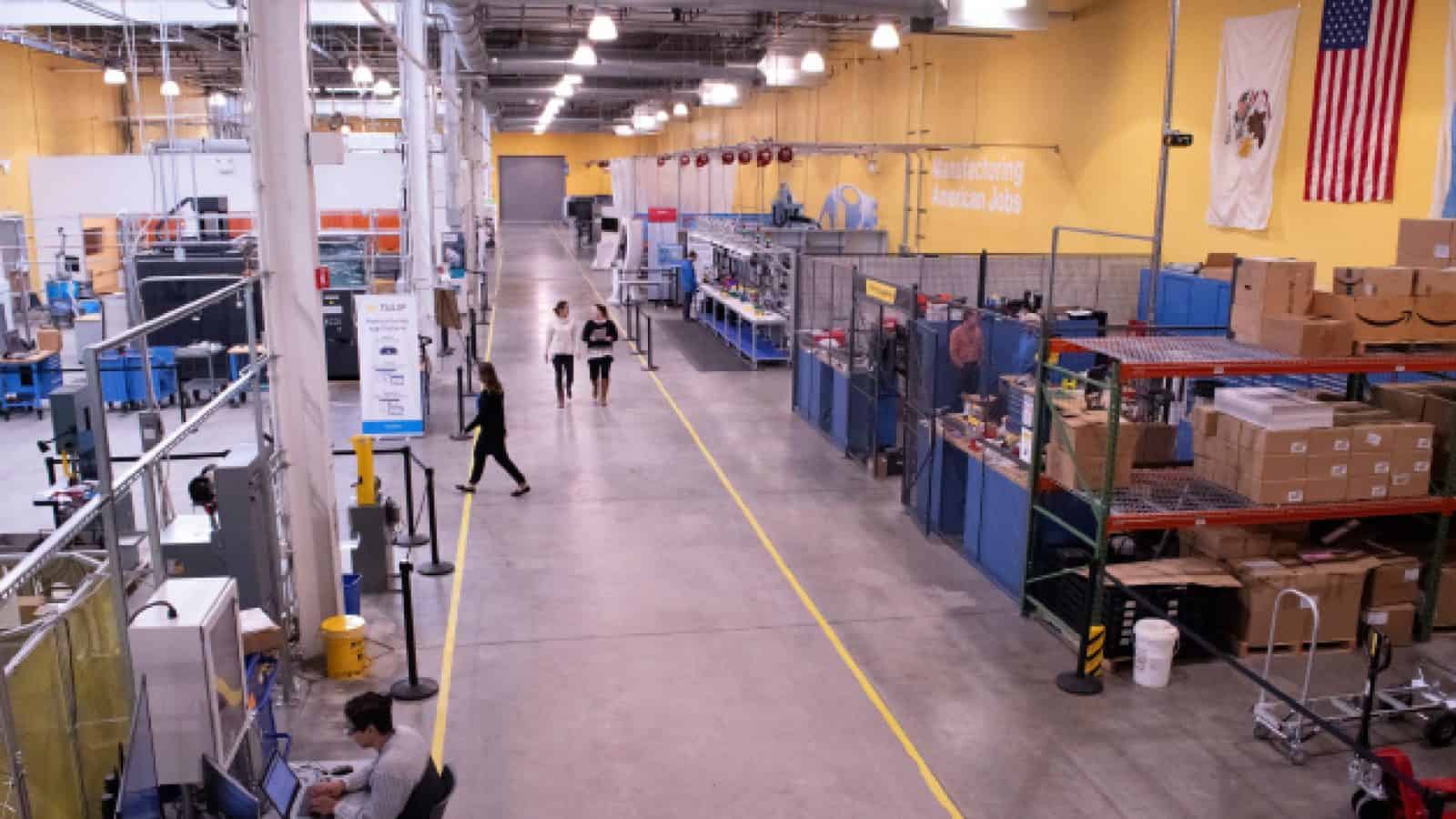Achieving Data Mastery through Literacy and Standardization

Setting clear objectives and ensuring cohesiveness can enable manufacturers to be deliberate and intentional in executing a data strategy.

TAKEAWAYS:
● Manufacturers must first determine an objective for data mastery and prioritize potential quick wins as the first step.
● Data from customers, suppliers, and the shop floor must be harmonized to standardize inputs, KPIs, and other important metrics.
● Manufacturers must also assess their teams’ data literacy and then determine what training is necessary to develop organizational cohesiveness.
Manufacturers understand that data will be foundational in developing increasingly efficient factories of the future, an essential tool to guide better decision-making at every level of the business. As digitization becomes more commonplace on factory floors and data becomes progressively central to operations, manufacturers need to be ever more intentional about how they tap into that data.
That intentionality can be more challenging than it seems on the surface. There are two foundational efforts that can help manufacturers on this front: setting clear objectives for how the business wants to use data to its fullest extent and ensuring teams across the organization have a cohesive level of data literacy. Both efforts enable the organization to be more deliberate in execution.
The first mission, determining an objective, may seem straightforward enough. But with how ubiquitous data has become throughout manufacturing operations and production processes, teams may find it challenging to rank their priorities. While predictive machine learning processes may be appealing, for instance, implementing such processes can be more time-consuming and challenging than, say, identifying manual processes where data might help to increase workers’ efficiency. Identifying potential quick wins should be top of mind for leadership teams assessing how to improve their data strategy.
The company’s data maturity level will play an important role in setting this objective. Manufacturers that find themselves in the earlier stages of weaving data analytics throughout their operations will likely have different goals than those already using more advanced, predictive data capabilities.

Harmonizing Data Sources
Customer data, supplier data, and data generated on the shop floor all converge to create an enormous amount of potential for manufacturers looking to make their operations exponentially smarter and more efficient. But if those data sources aren’t harmonized to speak the same language, essentially, then it will be difficult to harness that information in a meaningful way.
Data-driven decision making is at the heart of the Industry 4.0 journey, and connectivity among machines, products, employees, suppliers, customers and processes across the value chain is the key to unlocking the value of this data.

“Manufacturing leadership teams need to identify which functions of the business could benefit the most from data and then talk to those teams about their biggest pain points.”
Companies need to standardize various inputs, key performance indicators and other metrics so teams can manage, compare, and report on data cohesively throughout various business functions. This allows for cross-training, improvement across different manufacturing sites and standardization of best practices for broader, companywide benefit. Especially for middle market and smaller manufacturers that don’t currently compare metrics between facilities, standardization is an important step in improving data management and governance.
Here are some specific ways companies can standardize their data across various sources:
- Establishing data owners: Ensuring data inputs are consistent starts with establishing ownership for various data sources. Manufacturers should determine which individuals and/or teams essentially own which data channels and how they can be good stewards of that data. This is also a key effort in standardizing and harmonizing KPIs.
- Implementing a data catalogue or dictionary: Having a reference guide is crucial to boosting the accessibility of data and becomes more important as an organization builds out its analytics capabilities. Having such a catalogue can ensure teams use their time more efficiently and have a common understanding of data and where it is coming from.
- Equipping teams to succeed: If one facility uses different metrics than another and the business wants to switch to using standard metrics across the organization, leadership teams need to understand the implications for employees and provide training as appropriate. We’ll look at workforce implications more in-depth below.
Bridging the Data Literacy Divide
Hand in hand with standardizing data across production facilities and other sources, manufacturers need to ensure their employees’ data capabilities and literacy are consistent across teams, locations and the broader ecosystem, which may involve suppliers and other partners. It’s common for there to be a data literacy divide among teams, and for some employees to feel more comfortable leveraging data than others.
An assessment can be a critical first step in determining team members’ data literacy levels and can allow leadership teams to see what work and training can bring everyone onto a level playing field.

“Manufacturers of all sizes need to hone their workforce’s data mastery skills and streamline data across operations before they can tap into more advanced capabilities.”
Once such an assessment has taken place, there are several important steps organizations should take to bridge the data literacy divide:
- Education and buy-in: Some employees may not see the full potential of data within the organization. This is where leadership teams need to educate their workforce on why harnessing data matters for the future success of the company. Getting specific with examples here can be useful; for instance, explaining how adopting consistent downtime codes across facilities can make employees’ jobs easier is one way to communicate the value of data literacy and cohesive data mastery across teams.
- Training: Once leadership teams have buy-in from employees, organizations need to assess what types of training employees need and how their needs may vary. A tailored approach can be useful here to bridge the gap between perspectives; some team members may see data as the main way to solve every problem, some may be skeptical about its practical uses, and some may need to experience using data analytics tools to solve problems in real time in order to see their full potential.
- Assessing needs throughout the business: While it’s important to make training available widely, manufacturing leadership teams also need to identify which functions of the business could benefit the most from data and then talk to those teams about their biggest pain points. Finance, supply chain operations, and the shop floor production operations — especially those using Industrial Internet of Things devices and connected infrastructure — are some areas where it may benefit organizations to zero in on.
The Bigger Picture
Teams that are in the thick of training employees on data or implementing new technologies might lose sight of how to track and/or communicate the return on investment of those efforts to senior leadership, but determining that ROI can ensure all stakeholders understand the importance of data literacy, tools and training to making the overall business more efficient.
Manufacturers of all sizes need to hone their workforce’s data mastery skills and streamline data across operations before they can tap into more advanced capabilities. Setting clear intentions and objectives is the critical first step to increasing an organization’s data analytics maturity level and strengthening data governance throughout operations. M
About the authors:

Ravi Bodla is a Data and Analytics Director at RSM US LLP.

Jacob Friess is a Data Analytics Supervisor at RSM US LLP.
